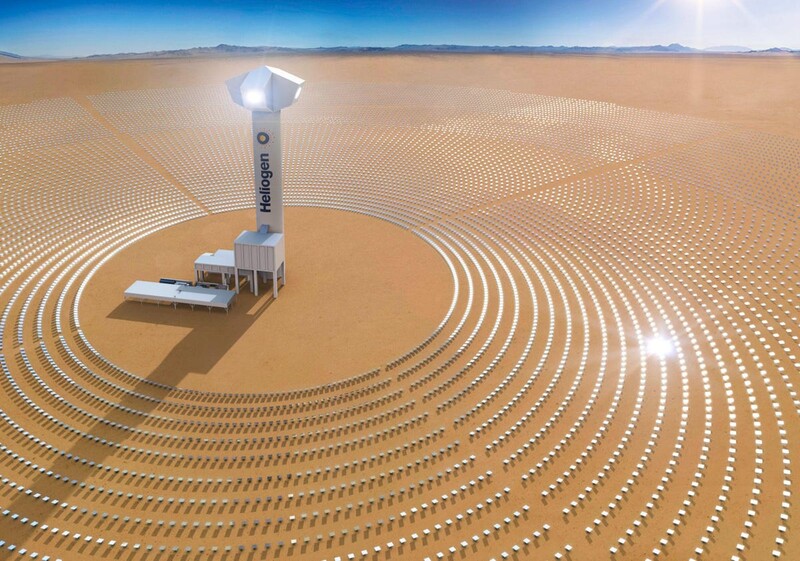https://www.pv-magazine-australia.com/2022/03/21/call-to-mandate-rapid-shutdown-technology-surfaces-in-wake-of-floods/

Floods that left a trail of destruction along the east coast earlier this month have shone a spotlight on solar safety.
Image: NSW Maritime
After a second consecutive year of major flooding in New South Wales (NSW) and Queensland, solar industry group Safer Solar has urged state governments and regulators to mandate energy management systems that can quickly and easily shut down solar PV installs, warning if nothing is done a tragedy is inevitable.
Australia has one of the highest per-capita rooftop solar installation rates in the world with a combined 17GW now installed across more than 3 million rooftops. More than 25% of Australian households are now generating power on their roofs. Safer Solar estimates more than 90% of these systems include high voltage direct current (DC) wiring that is live whenever the sun is shining.
The Melbourne-based organisation estimates that about 700,000 houses equipped with rooftop solar systems were in areas devasted by the recent flooding, highlighting the need for Australia to mandate rapid shutdown technology on solar PV systems.
“With solar panels installed on one in four Australian homes, many systems lack a quick and easy way to shut down solar panels in the event of a fault or emergency, creating a serious safety threat for homeowners, first responders and tradespeople,” Safer Solar said in a statement.
“Solar panels that were not shut off before the floods may begin generating electricity when the sun shines, potentially without the safety systems designed to protect people from uncontrolled high-voltage electrical currents.”
As well as calling for the mandating of rapid shutdown technology, Safer Solar is also pushing for the introduction module-level power electronics that can remotely monitor solar systems, allowing for individual solar panels that fail to meet safety standards to be remotely isolated.
United States-based microinverter maker Enphase Energy is a member of the Safer Solar organisation and is among those advocating for the introduction of the rapid shutdown technology, saying it provides a quick and easy method to de-energize PV modules to ensure complete safety for first responders and eliminate the risk of electrocution.

Image: Facebook
Enphase Australia general manager Wilf Johnston said Australia lagged behind many other countries in mandating safer solar technologies such as rapid shutdown of solar systems.
“Rapid shutdown is already mandated in the US so solar panels can be made to stop producing energy in the event of a disaster like fire, flood or tornado,” he said.
“Even developing countries such as Thailand and the Philippines now mandate rapid shutdown systems.”
Johnston said the risk in Australia is increased by the fact that many solar systems are now 10 or more years old, adding a decade’s wear-and-tear to the technology.
“Australia needs to mandate that replacements for these old systems and all new systems meet the highest safety standards – which includes rapid shutdown,” he said.
Master Electricians Australia chief executive Malcolm Richards supported the call for better safety measures for rooftop solar, saying “without urgent action” serious injury or death is inevitable.
“Household rooftop solar panels are not new in Australia, but thankfully we have had only a handful of major floods since the solar boom began around 15 years ago,” he said.
“What that means is that we’ve been lucky so far in avoiding any serious injury or death from live solar panels during an emergency. However, without urgent action, it can only be a matter of time until we do face a tragedy.”
Richards said even if the network supply is turned off, solar panels still produce electricity, and the associated wiring is also live.
“We need to address this through legislation and upgraded standards and we need our state governments and regulators to step up on this issue,” he said.
This content is protected by copyright and may not be reused. If you want to cooperate with us and would like to reuse some of our content, please contact: editors@pv-magazine.com.
<




